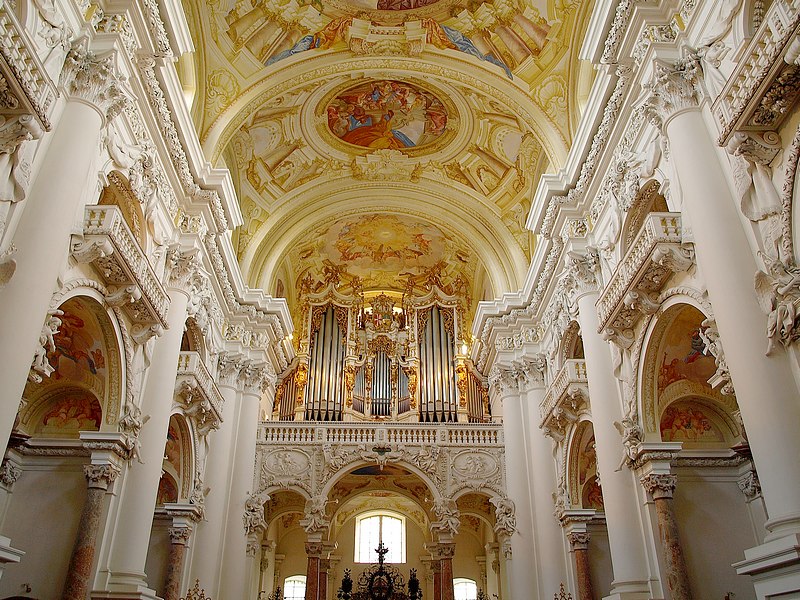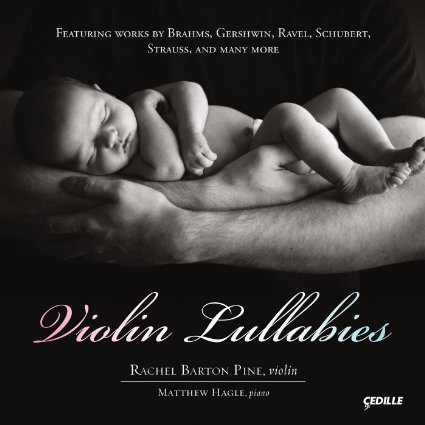
Imagine that you could travel back in time to observe key moments in music history. Maybe you would drop in on Handel as he was preparing the Music for the Royal Fireworks, hear a handful of lost works by J.S. Bach, or attend the first performance of The Marriage of Figaro.
Anton Bruckner’s legendary organ improvisations would rate high on my personal “musical time machine” top ten list. Bruckner spent many years as organist at the monastic Abbey of Saint Florian in Upper Austria. Additionally, he performed virtuoso and mostly improvisatory organ recitals throughout Europe. Subjects of Bruckner’s expansive improvisations often included the Hallelujah Chorus from Handel’s Messiah, the Austrian National Anthem, music of J.S. Bach and Mendelssohn, themes from Wagner’s operas, and themes from Bruckner’s own symphonies. This February 1937 Musical Times article describes these memorable musical events.
A Viennese review described a Bruckner organ recital this way:
Has no church been built for him and is there no chair vacant for him? We have experienced many times how he mastered the organ. Yesterday, again he sat down at the organ and freely developed a theme. Oh for the vigor and the abundance that flowed through the chapel! There‘s scarcely one around to challenge Mr. Bruckner in his virtuoso treatment of the pedal; he has really gained some dexterity with the feet. And this corresponds admirably with his agility on the manuals, an agility which is hardly ever confined by difficulties.
It’s ironic that Bruckner, a composer who endlessly revised the music he wrote down and occasionally fell victim to paralyzing self-doubt, simultaneously embraced the ultimate “in the moment” music making. We’ll never know exactly how Bruckner’s organ improvisations sounded. But here is his short Prelude in C Major, written in 1884. Augustinus Franz Kropfreiter is performing on the organ Bruckner played at Saint Florian. The composer is buried in the Abbey’s crypt, just below the organ.
The Prelude is technically in C major, but its dizzying chromatic harmony is constantly pulling us away from the home key to unexpected places:
Bruckner’s symphonies often turn the orchestra into a virtual pipe organ. There’s a sense of effortless modulation and orchestration that often doesn’t mix the woodwinds, strings, and brass, but instead celebrates the purity of their unique voices. Organist Erwin Horn writes,
He was accustomed in his improvisations to using themes drawn from the symphonies on which he was working. […] As soon as he would realise the same idea both on the organ and in the orchestra, there would be an interaction between the improvised fantasies and the symphonies with their systematic layout. The sounds of Bruckner‘s symphonies, structurally, were foreshadowed by those of the organ.
The Finale of Bruckner’s Fifth Symphony is built on a chorale which becomes interwoven with a complex double fugue, the sort of contrapuntal fireworks we would expect in organ improvisation. In the movement’s coda, the chorale theme soars to exhilarating new heights as the first movement’s first theme returns.
Here is the the final coda of Bruckner’s Fifth from a live 1986 performance by Amsterdam’s Concertgebouw Orchestra, conducted by the noted Bruckner interpreter Eugen Jochum. Jochum, who was in ill health and passed away the following year, reportedly conducted the symphony seated, but stood for this final coda, a climax which suggests the majestic power of a large pipe organ:
https://www.youtube.com/watch?v=TJTG6uAYJeE
Here is the complete Fifth Symphony.
[unordered_list style=”tick”]
- Find Erwin Horn’s recording of Bruckner organ music at iTunes, Amazon.
- Find Bruckner’s Fifth Symphony at iTunes, Amazon.
- Hear five recorded versions of the Bruckner Fifth Symphony Finale’s coda here.
[/unordered_list]

